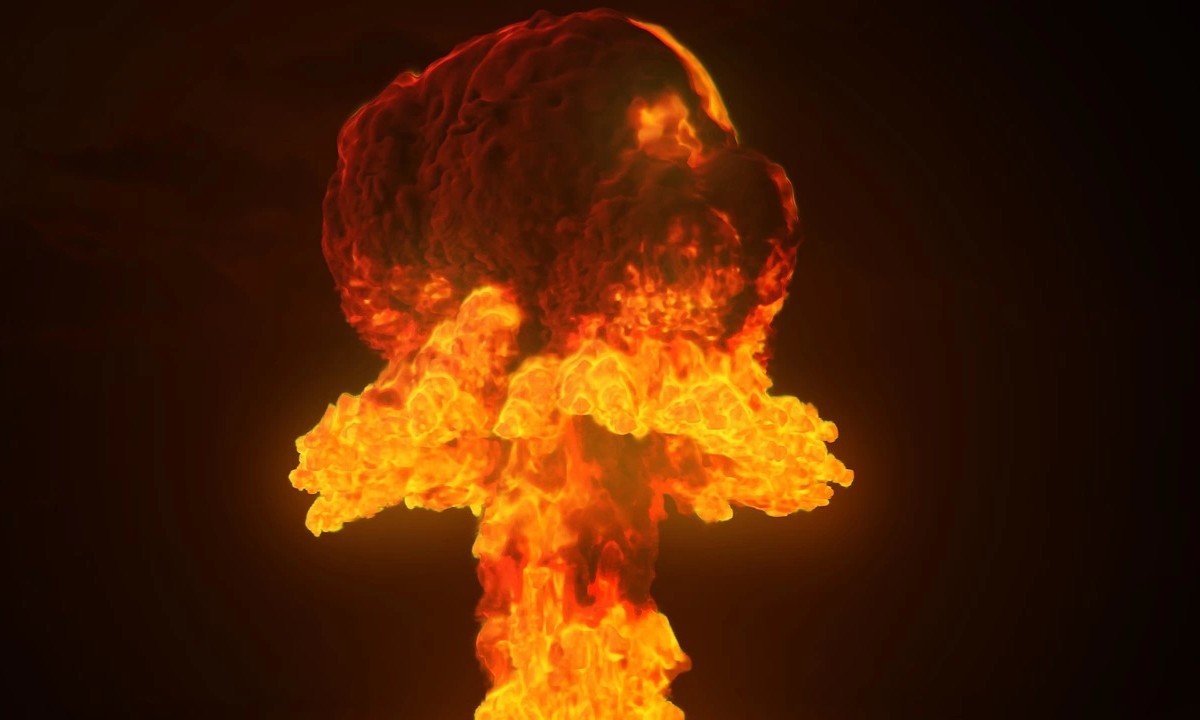Unable to win in any other way, the Russian leadership occasionally draws up a scenario using nuclear weapons. According to UNIAN, hypothetically, they will most likely try to use tactical nuclear weapons instead of strategic ones.
Given the strength and capabilities of the Russian armed forces, the most effective means of delivering nuclear warheads are Iskander ballistic missiles with a launch range of up to 500 km. This is enough to attack any point of Ukraine from the territory of the Russian Federation, occupied Crimea or Belarus.
Iskander-initiated nuclear explosion simulation
The capacity of the Iskander warhead declared in the Russian Federation is up to 50 kilotons. To get an idea of how powerful this weapon is, the agency offers a simulation performed by Alex Wellerstein, a professor at the Stevens Institute of Technology.
According to the simulation, the detonation of a 50-kiloton nuclear charge in the center of a large city with a population of about 400,000 people will result in a fireball with a radius of 380 meters. Everything in it just evaporates. At a distance of 800 meters from the explosion, mortality is approaching 100%, and all homes will be “compared to the ground” by the shock wave. It will gradually “sag” somewhere within 1.7 km from the epicenter, leaving behind only the “skeletons” of strong monolithic buildings. A large-scale fire will start raging incessantly in this area, because no one will put it out.
At this distance, the radiation exposure will be so intense that those who survived the explosion will die of radiation sickness in a month. And the shock wave itself will reach the outskirts of the city, breaking all the windows, the wreckage of which will injure tens of thousands of people.
Also do not forget about the thermal radiation from the explosion. Anyone who is within line of sight of a nuclear explosion up to 3 km away will receive third-degree burns ending in disability. At a distance of 5 km – the first stage, which in peacetime and with professional medical care are not a threat, but in the conditions of the destroyed city in an instant is a very serious problem.
At this stage, the total number of dead from the explosion will be about 56 thousand people, another 81.5 thousand will be injured, most of whom will die later.
Radioactive losses
The destructive effect of a nuclear explosion does not end there. Above the ruins of the city hangs a “nuclear mushroom” 9.5 km long, and there is a complex physical process of formation of the so-called radioactive plume – the area of radioactive contamination due to the movement of the nuclear cloud.
Due to the fact that the explosion is terrestrial, a lot of radioactive material will rise into the atmosphere. It will be carried by the wind and will fall to the ground in the form of precipitation – the so-called “radioactive rain”.
Gradually, a 120-kilometer elongated zone will be formed – the “tongue”, where it will begin to “radiate” at 1 R / h, which is tens of thousands of times higher than normal.
The number of deaths in the area of radioactive contamination is beyond the scope of the simulation. As well as the number of deaths in the following weeks, months and years from exposure to radiation. Thousands of square kilometers of land will be uninhabitable, the whole region will become unsuitable for agriculture, hundreds of thousands if not millions of people will slowly die from diseases caused by radiation.
All this is a virtual modulation of a hypothetical situation in which a “man” with nuclear weapons decides to use one of his smallest nuclear warheads against an ordinary city. Only 50 kilotons, while the capacity of the warhead “Poplar” is 16 times greater – 800 kilotons.
It will be recalled that President of Ukraine Volodymyr Zelensky warned that the world should take this seriously and prepare for the fact that Russia could use nuclear weapons during the attack on Ukraine. Russia has immediately stated that it has no plans to use nuclear weapons in Ukraine.

